Curiosities of carnivorous plants
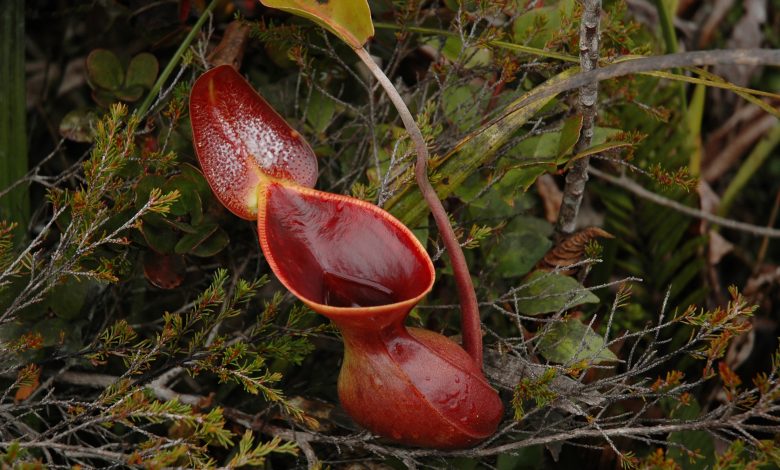
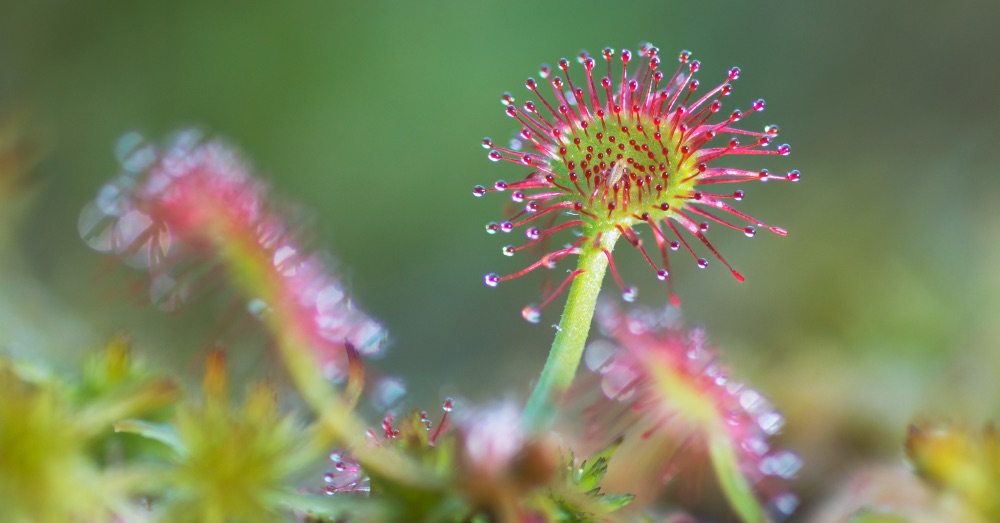
They are probably the most fascinating representatives of the plant world. They not only break with the idea that a plant only needs water and sun. Added to this, their extraordinary appearance only increases the legend that they are Martian plants. And no: they are not. It is enough to know the curiosities of carnivorous plants to understand what they are: a true virguería of mother nature. Some plants whose rarity lies in something extremely simple. They are, solely, the result of centuries of evolution in environments so hostile that they have been forced to change even their morphology to survive. So much so that, as much as they clash, they have become predators.
But, beyond aesthetics, nothing like delving into the curiosities of carnivorous plants to value them even more. Only by getting to know them thoroughly can we become aware of how incredible these plants classified as strange are. An adjective that fits, fundamentally, to its appearance and not so much to its cultivation. Because, as much as the care of carnivorous plants has particularities, they do not differ much from those of indoor plants. Something surprising for many people who start in the exciting world of this genre.
So, if you are considering having them among your plants, it is worth knowing the curiosities of carnivorous plants. A way both to better understand what makes them exceptional, and to cultivate them as they deserve.
7 CURIOSITIES OF CARNIVOROUS PLANTS THAT YOU’RE SURE! YOU WILL BE SURPRISED
Carnivorous plants come, fundamentally, from two completely opposite places on the planet. While some are native to swampy areas, others are native to desert spaces. Extremely disparate natural spaces with one thing in common: not having food resources for plants in a simple way. This detail is, without a doubt, what justifies that these plants hunt. Faced with the inability to obtain mineral nutrients in their environment, they have developed mechanisms to obtain them from the insects around them.
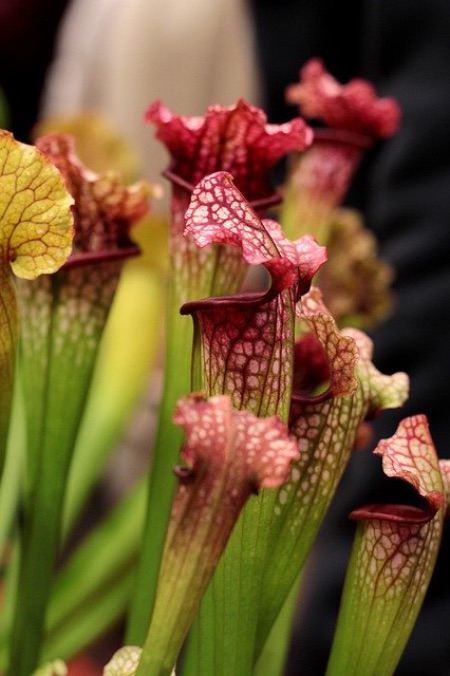
Before going into those curiosities of carnivorous plants that surprise, something to contemplate. To bring this family of plants to fruition, the indications for their cultivation must be strictly followed. Something perfectly logical if we take into account that we are growing them in conditions far removed from their original spaces. For this reason and although they fascinate us, nothing like starting with species of simple cultivation. A way to get used to their needs, before moving on to another more complicated one. And we say this because with the types of carnivores, as with the types of orchids: when one is discovered, they want to discover all of them.
1. You don’t have to feed them, one of the curiosities of carnivorous plants that is essential for their well-being
It is not so much one of the curiosities of carnivorous plants as such, but rather one of their fundamental care. Many people believe that by living in a «bug-free» space, they have to help their plant. And anything farter from the reality. These plants fend for themselves and, with the correct care, do not need to hunt as such.
And by the way: no hitting the traps to force them to hunt for fun. We will be seriously compromising the life of the plant, which will make the effort to hunt and will not obtain nutrients in return.
2. Although they move, they do not have muscles
It is one of the recurring doubts regarding carnivorous plants. If they are plants, how is it possible that they execute movements, even of a rapid nature, when they hunt?
As well. Although it can be thought that they have muscles, the reason why they move is much more vegetable. The surface of carnivorous leaves is extremely sensitive. Therefore, any pressure triggers a change in the water pressure of the cell walls of the leaves. A change that translates into movement. Much less mysterious than it seemed, right?
3. Most respect pollinating insects, one of the most unique carnivorous plant curiosities
A sample of how incredible nature is. Like many other plants, carnivorous plants need pollinators. An affirmation that has restrictions, since some are even capable of self-pollinating. If carnivorous plants feed on insects, how do they know how to discriminate against pollinators? And that is where the magic of nature surprises us again.
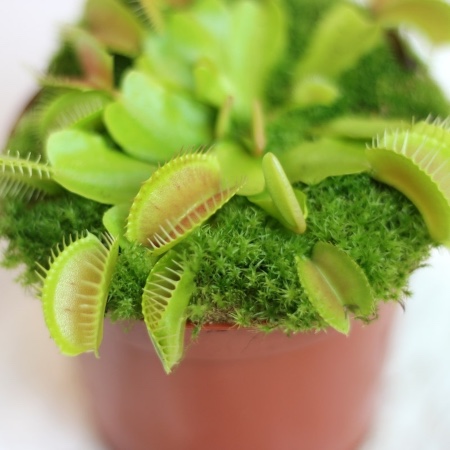
Logically, the plant does not know which insect is approaching its hunting traps. And, just as we humans do when we consider how to attract pollinating insects to the garden, carnivorous plants make their flowers extremely attractive to them. For this reason, many of them have developed a mechanism to avoid catching the insect that they do not touch. How? Making its flower stem grow until it is separated from the trap area.
4. They are called carnivorous because they do not only eat insects, another of the most peculiar curiosities of carnivorous plants
If we analyze their name, it may have caught our attention that they are not called insectivorous. A term that, a priori, seems more appropriate for them. However, the term carnivorous is not due to an error but, rather, to the habits that some of them have in nature. And it is that, in the wild, there are some species of carnivorous plants that can reach sizes of up to two meters. A height that is in proportion to the rest of the plant, and that means that rats, mice and even small reptiles such as lizards have a place in their diet.
And, before anyone gets scared, no: the carnivorous plants that we can grow at home are not dangerous for humans or pets.
5. They have perfected their «hunting techniques» over the centuries
Although the image we have in mind is the classic plant «jaw» closing, carnivorous plants have many other hunting mechanisms. And, far from being obvious, the truth is that evolution has put a lot of ingenuity into each of them. To what end? Fundamentally, with the aim of catching the approaching insects unaware. Sucking bladders, cavities that trap or sticky false dew drops are some of them.
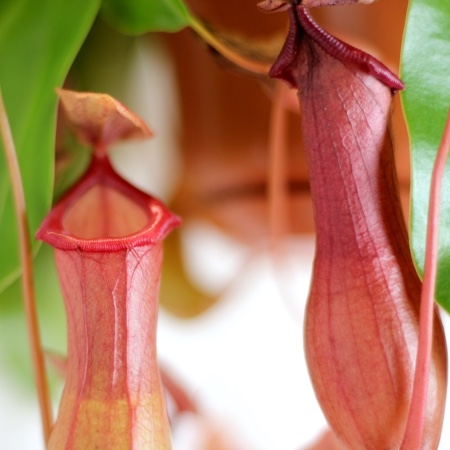
As if these traps were not enough, carnivorous plants have another addition to catch their prey. In addition to the attractive colors, many of them display scents that are highly attractive to insects. Impossible to escape from its vegetal seduction!
6. They hibernate in the cold months
A detail among the curiosities of carnivorous plants that brings them even closer to the earthly. Like other plants of tropical origin, this botanical family experiences a vegetative break in the winter months. Although their behavior varies according to the species, they usually shed their leaves to regrow with the arrival of spring. A protection mechanism that allows the plant to survive at temperatures that are not those of its place of origin.
Since carnivorous plants are grown indoors in our latitudes, their behavior will not be the same. Our plant will simply paralyze its growth until the sun returns. However, if you take the risk of growing them outside the house with certain precautions against the cold, you will be able to prove it.
7. They live both on land and under water, one of the most unknown curiosities of carnivorous plants
Incredible but true! This point is perhaps one of the least known curiosities of carnivorous plants. They are usually thought to be carnivorous plants, but there are also certain genera that live submerged in water.
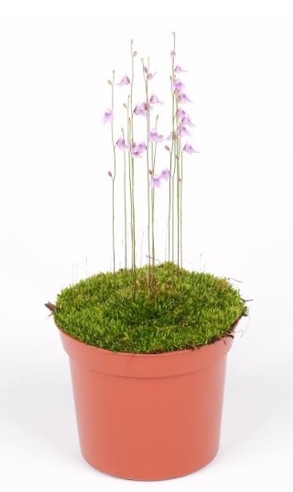
In the case of these genera, the base of the plant usually lives submerged while the stems with traps are on the surface.
Beyond these curiosities of carnivorous plants, there is one that is not counted. It can only be experienced by having one of them, and being fascinated with how incredible nature can be.

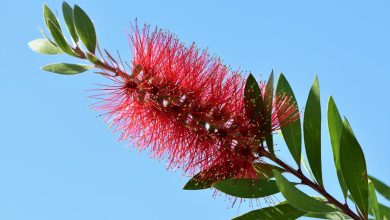
![Photo of Nymph Care: [Soil, Moisture, Pruning and Problems]](https://www.complete-gardening.com/wp-content/uploads/2022/08/nymph-care-soil-moisture-pruning-and-problems-390x220.jpg)
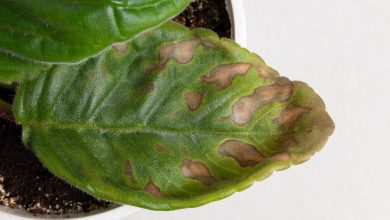
![Photo of Bidens: [Cultivation, Irrigation, Care, Pests and Diseases]](https://www.complete-gardening.com/wp-content/uploads/2022/08/bidens-cultivation-irrigation-care-pests-and-diseases-390x220.jpg)